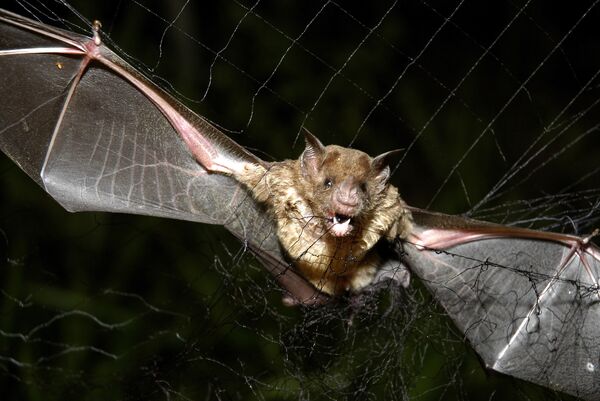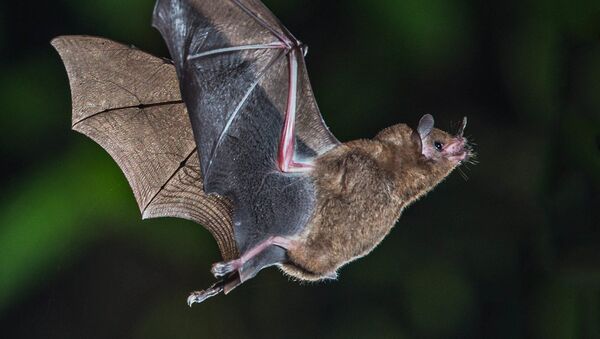Bats are generally considered the main natural reservoir of SARS coronaviruses. There exist sample archives, collected over years. To date, the closest match to the novel coronavirus was found in samples of bats from the southeastern Chinese province of Yunnan, which were 96.2 percent identical to SARS-CoV-2.
When the COVID-19 broke out, scientists probed 430 archived samples collected from six bat families and two predator families. Five of the samples contained betacoronaviruses (betaCoV), and two of them then tested positive in an RT-qPCR test which detects RNA-dependent RNA polymerase of viruses of the sarbecovirus subgenus.

Both these samples were collected from horseshoe bats in the northeastern Cambodian province of Stung Treng, according to the researchers.
Scientists subjected the two RNA samples to metagenomic sequencing and found that the genome of both were 92.6 percent identical to SARS-CoV-2.
The fact that the viruses were detected in bats outside China could point to larger geography of COVID-19 origins than previously thought, the study concluded, inferring that the search for origins should spread across the whole of South-East Asia.




